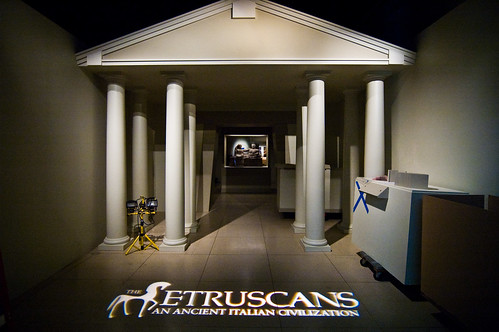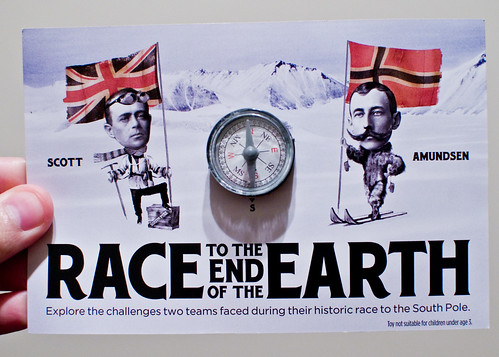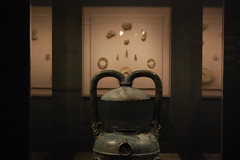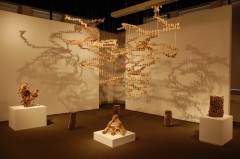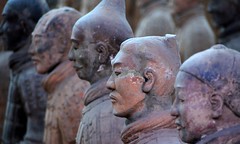
‘DSC_0006’
courtesy of ‘bhrome’
The Smithsonian’s National Museum of the American Indian opened its doors this past weekend to a new exhibition, “A Song for the Horse Nation.” The exhibition, nestled on the third floor of the museum, tells the epic tale of the how the return of the horse to the Americas changed Native culture, from lifestyle to war to art and beyond. “For some Native peoples, the horse still is an essential part of daily life,” said exhibit curator Emil Her Many Horses (Ogala Lakota). “For others, the horse will always remain an element of our identity and our history. The Horse Nation continues to inspire, and Native artists continue to celebrate the horse in our songs, our stories, and our works of art.”
To walk the exhibit’s path is to walk side by side with the conjoined path of Native and horse. Though horses were introduced to the Native Americans relatively late in North American history—the early 1700s saw the initial widespread explosion of the horse from captured Spanish mounts in the southwest—the image of Indians astride these graceful animals is one that is common to modern Americans. The “Horse Nation” quickly entwined themselves with Native communities, forever altering tribal culture and the Indian way of life.
The Smithsonian’s exhibit seeks to give us a view into that not-so-distant past. But it’s more than just a simply history lesson: subtly but surely, “A Song for the Horse Nation” reveals how interwoven both horse and man became among 38 tribal communities from the Plains and Western United States. The horse was more than a beast of burden or a tool; the animal became a part of Native culture that still resonates among the people today. Continue reading

